Climbing Mount Kilimanjaro is an adventure of a lifetime, but it’s no walk in the park. The journey to Africa’s highest peak is fraught with challenges that test both your physical endurance and mental resilience. From altitude sickness to unpredictable weather, the obstacles are numerous, but they can be overcome with proper preparation, determination, and a positive mindset. This guide explores the common challenges faced by climbers and offers practical tips to help you conquer them and reach the summit successfully.
Altitude Sickness
Altitude sickness is one of the most significant challenges when climbing Kilimanjaro. As you ascend, the air becomes thinner, and your body has to work harder to get enough oxygen. Symptoms can include headaches, nausea, dizziness, and shortness of breath. To mitigate altitude sickness, it’s crucial to acclimatize properly. This means taking it slow, allowing your body time to adjust to the altitude, and staying hydrated. Consider choosing a route that offers longer acclimatization periods, such as the Lemosho or Northern Circuit routes.
Physical Endurance
Climbing Kilimanjaro requires a high level of physical fitness. The trek involves long hours of hiking each day, often over steep and rocky terrain. Building your physical endurance through regular cardiovascular exercises, strength training, and hiking is essential. Focus on exercises that improve your stamina, leg strength, and overall fitness. Additionally, practice hiking with a loaded backpack to simulate the conditions you’ll experience on the mountain.
Mental Resilience
The mental challenge of climbing Kilimanjaro is just as significant as the physical one. The long days, physical exertion, and altitude can take a toll on your mental state. Building mental resilience involves maintaining a positive attitude, setting small achievable goals, and staying motivated. Surrounding yourself with supportive team members and staying focused on the ultimate goal of reaching the summit can help you push through tough moments.
Unpredictable Weather
Kilimanjaro’s weather can be highly unpredictable, with conditions changing rapidly. Climbers can face rain, snow, extreme cold, and intense sunlight all in one day. Being prepared for all weather conditions is crucial. This means packing appropriate gear, including waterproof clothing, thermal layers, sun protection, and sturdy hiking boots. Checking the weather forecast regularly and being flexible with your plans can also help you navigate the unpredictable weather.
Proper Nutrition and Hydration
Maintaining proper nutrition and hydration is essential for a successful climb. The physical exertion and altitude increase your body’s need for energy and fluids. Eating a balanced diet rich in carbohydrates, proteins, and fats will keep your energy levels up. Hydration is equally important, as dehydration can exacerbate the effects of altitude sickness. Drink plenty of water and consider using hydration salts to replenish lost electrolytes.
Choosing the Right Gear
Having the right gear can make a significant difference in your climbing experience. Invest in quality hiking boots that are well broken in to avoid blisters and discomfort. Layering your clothing is key to managing varying temperatures. A good-quality sleeping bag and mat are essential for staying warm and comfortable at night. Trekking poles can also provide stability and reduce strain on your legs during the ascent and descent.
Dealing with Summit Night
Summit night is often the most challenging part of the climb. Climbers typically start the final ascent to the summit around midnight to reach the peak by sunrise. The combination of extreme cold, high altitude, and physical exhaustion makes this night particularly tough. Mental preparation and a strong support system are crucial. Pace yourself, take regular breaks, and stay positive. Remember, the summit is within reach, and the effort will be worth it.
Training and Preparation
Proper training and preparation are the foundations of a successful Kilimanjaro climb. Start your training regime several months in advance, focusing on building endurance, strength, and flexibility. Incorporate long hikes, stair climbing, and aerobic exercises into your routine. Additionally, please familiarize yourself with the symptoms of altitude sickness and how to manage them. A well-prepared climber is more likely to overcome the challenges and reach the summit.
Acclimatization Techniques
Effective acclimatization is crucial for avoiding altitude sickness. “Climb high, sleep low” is a common strategy, where you climb to a higher altitude during the day and descend to a lower altitude to sleep. This technique allows your body to adjust to the decreasing oxygen levels gradually. Incorporating rest days into your itinerary also gives your body time to adapt. Listening to your body and not pushing yourself too hard can make a significant difference in your acclimatization process.
Staying Motivated
Staying motivated throughout the climb can be challenging, especially during tough sections. Setting small, manageable goals for each day helps break the climb into achievable segments. Celebrate each milestone, whether it’s reaching a specific altitude or completing a particularly difficult stretch. Keeping a positive mindset and visualizing the moment you reach the summit can provide the mental boost needed to keep going.
Team Support and Camaraderie
Climbing Kilimanjaro is often a team effort, and the support of your fellow climbers can be invaluable. Building camaraderie within your group fosters a sense of community and shared purpose. Encouraging each other, sharing experiences, and working together to overcome challenges strengthen team bonds and make the journey more enjoyable. The shared experience of climbing Kilimanjaro creates lasting friendships and memories.
Health Precautions
Taking health precautions before and during your climb is essential. Visit a healthcare professional to ensure you’re physically fit for the climb and discuss any pre-existing conditions that might affect your journey. Vaccinations, medications for altitude sickness, and a well-stocked first aid kit are vital. Staying healthy on the mountain involves maintaining good hygiene, avoiding contaminated food and water, and being mindful of your body’s signals.
Post-Climb Recovery
The challenges don’t end once you reach the summit. Post-climb recovery is crucial for your body to heal and adapt. Rest, hydrate, and eat nutritious foods to replenish your energy levels. Gentle stretching and light exercise can help ease muscle soreness. Reflecting on your achievement and the challenges you overcame enhances the sense of accomplishment and personal growth gained from the climb.
Climbing Mount Kilimanjaro is a journey filled with challenges, but with the right preparation, mindset, and support, they can be overcome. Each obstacle faced on the mountain is an opportunity for personal growth and resilience. The experience of reaching the summit, standing on the roof of Africa, and taking in the breathtaking views makes every challenge worth it. Embrace the journey, prepare diligently, and take each step with determination, knowing that the reward at the end is truly life-changing.
FAQs
1. What are the best ways to prevent altitude sickness while climbing Kilimanjaro? Preventing altitude sickness involves proper acclimatization, staying hydrated, ascending slowly, and taking rest days. Medications like Diamox can also help, but consult a healthcare professional before use.
2. How physically fit do I need to be to climb Kilimanjaro? Climbing Kilimanjaro requires a good level of physical fitness. Regular cardiovascular exercises, strength training, and hiking practice are essential to build the endurance needed for the climb.
3. What should I pack for a Kilimanjaro climb? Essential items include well-broken-in hiking boots, layered clothing for varying temperatures, a good-quality sleeping bag, a backpack, trekking poles, and a comprehensive first aid kit. Packing lightly but effectively is key.
4. How can I stay motivated during the climb? Setting small, achievable goals, celebrating milestones, and maintaining a positive mindset are crucial. Building camaraderie with fellow climbers and visualizing reaching the summit can also boost motivation.
5. What health precautions should I take before climbing Kilimanjaro? Consult a healthcare professional for a check-up and discuss any pre-existing conditions. Ensure you’re up-to-date on vaccinations, carry medications for altitude sickness, and pack a well-stocked first aid kit.
To plan a perfect Tanzanian adventure, explore the following topics on our page:
Visit our page for detailed information and tips to enhance your safari and beach experiences in Tanzania.

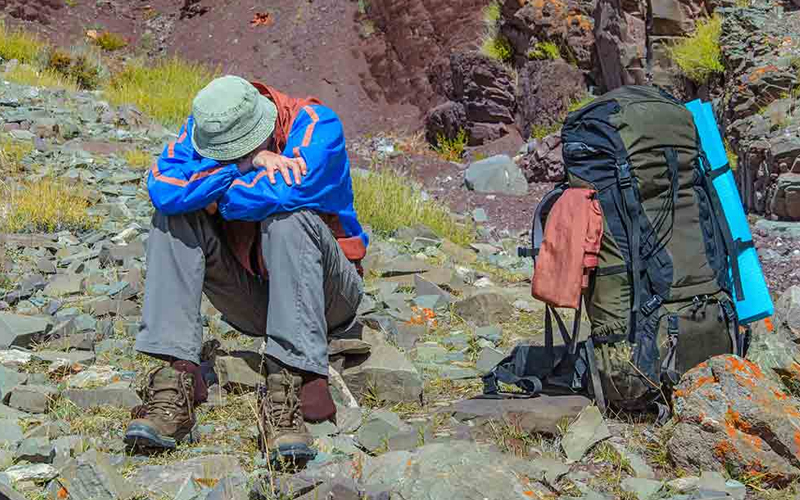
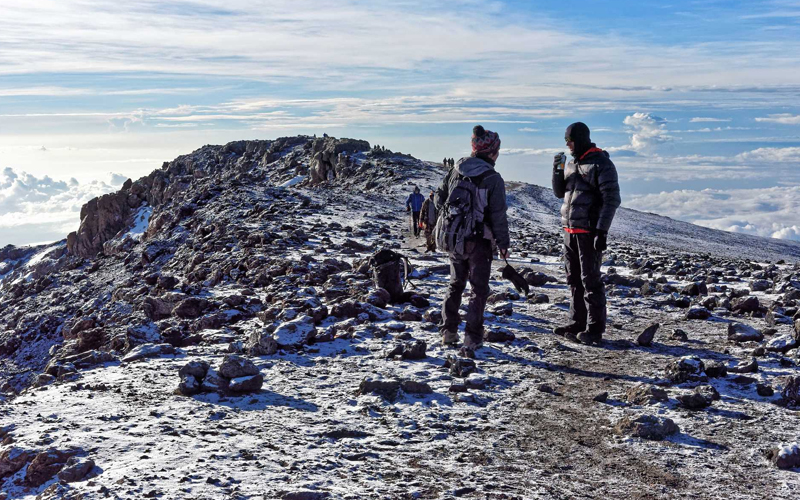
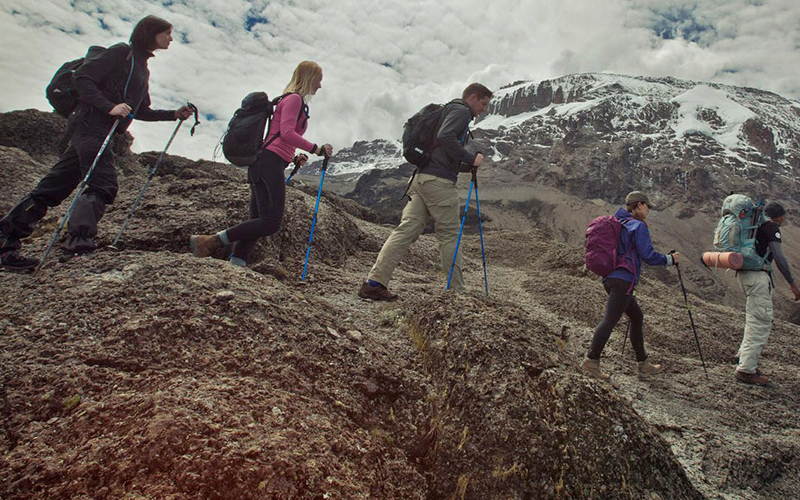
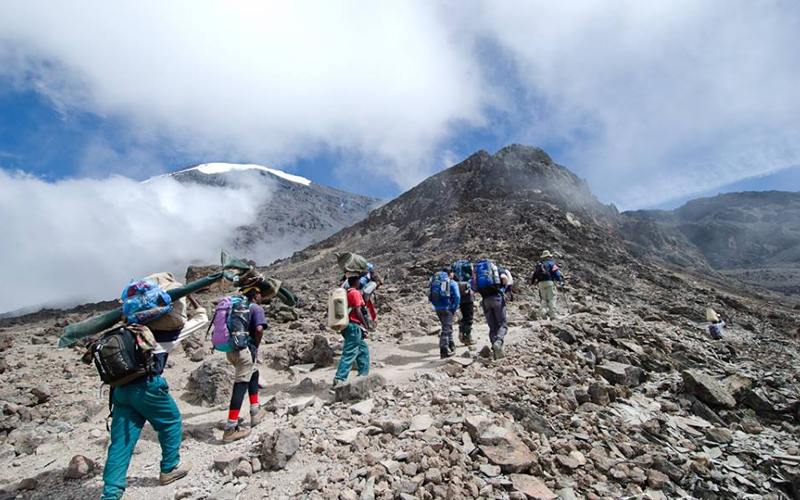
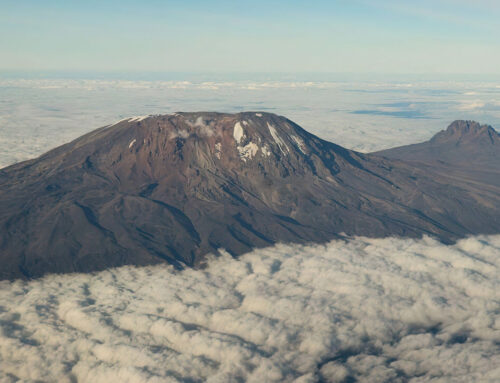
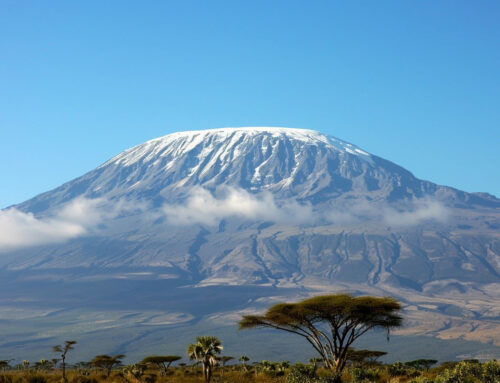
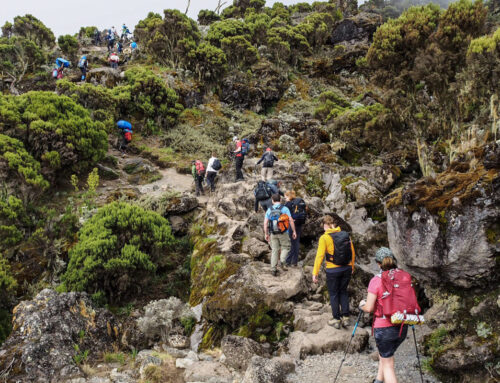

Leave A Comment